Welcome to the era of smart homes: residences are enhanced with connected devices for unparalleled convenience and control. This guide will walk you through setting up your own smart home, explaining the basics, device selection, security, and more.
Discover the perks of upgrading to a smart home, learn to establish a reliable network, and understand the importance of cybersecurity. We’ll also touch on controlling your smart ecosystem and the potential savings it offers.
Dive in as we reveal how smart homes are revolutionizing modern living—prepare to transform your house into a home of the future.
What Is a Smart Home?

A smart home is like a tech-savvy friend who’s always there to lend a hand. Think of it as your personal living space with devices you can chat with to get things done. For instance, you can tell a speaker to dim the lights or ask a thermostat to crank up the heat before you get out of bed. These gadgets are all connected through the internet, allowing you to manage them from your smartphone or even through voice commands.
What makes a house “smart” isn’t just about having cool gadgets—it’s about setting up a network of devices that work together seamlessly to save you time, energy, and even money. It’s having your morning coffee ready as soon as your alarm goes off or getting a notification if someone’s at your door, no matter where you are.
When we talk about smart homes, we’re picturing a modern, connected, and convenient way of living, where your home responds to your needs and simplifies everyday tasks. It’s about turning your living space into a helpful buddy who’s got your back.
Why Upgrade to a Smart Home?
Upgrading to a smart home is about taking the leap into a life of convenience and efficiency. Imagine controlling your home’s temperature, lights, and security with a simple voice command or a smartphone app—this is the core of what makes a home smart.
By adopting smart technology, you not only make life easier but also cut down on energy use, which can save you money on bills and help the environment. Plus, smart homes offer a peace of mind with beefed-up security features that keep an eye on things when you’re not around.
So, why go smart? It’s about transforming your house into a responsive, energy-conscious space that looks out for you and your wallet.
What Do You Need to Start Your Smart Home?
Kicking off your smart home is like assembling the Avengers; you need a team of gadgets that each brings its own superpowers to the table. Here’s your starter pack:
Smart Speaker
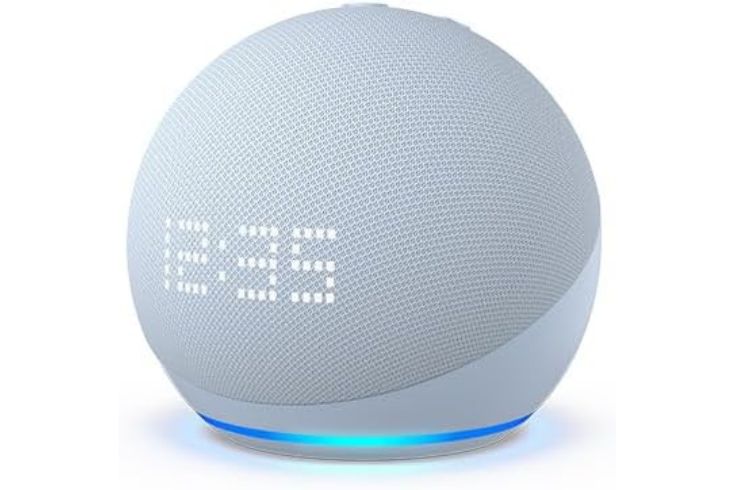
This is your smart home’s voice. With an Amazon Echo or Google Nest, you can control practically everything with just your words—like a magical incantation, but for the digital age.
Smart Lighting
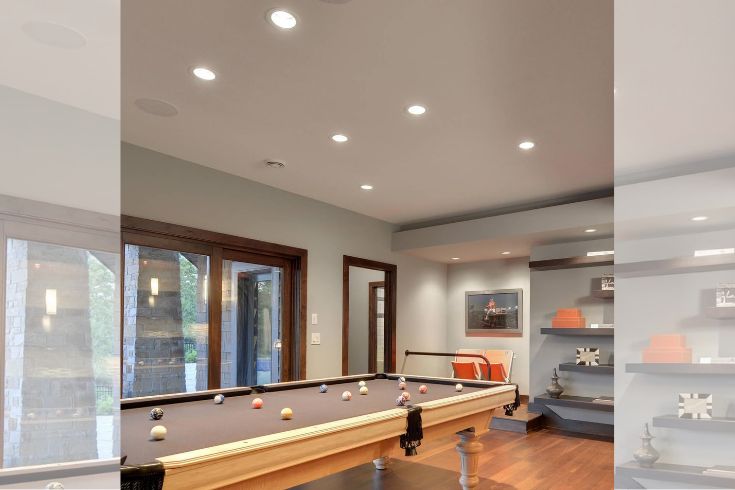
With something like Philips Hue bulbs, you can adjust the brightness and color of your lights from your phone—or set them to turn on automatically when you wake up, so you won’t have to stumble around in the dark.
Smart Plugs
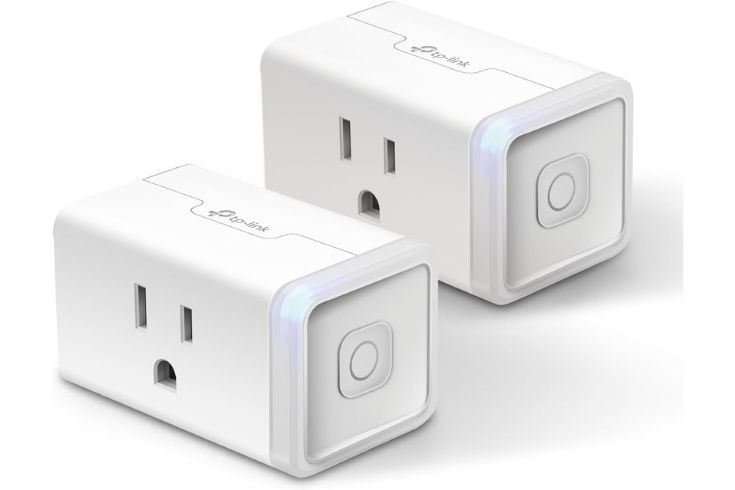
These are the unsung heroes. Plug in your coffee maker or lamp, and boom, they’re smart now. You can turn them on and off without leaving the comfort of your couch.
Smart Thermostat
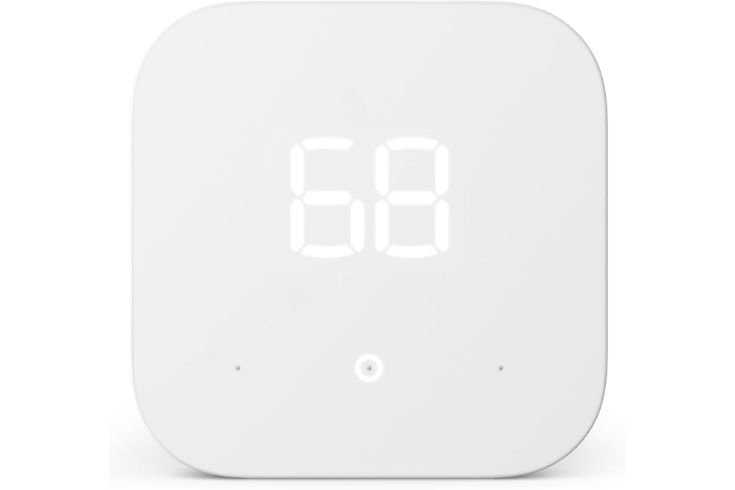
A Nest Thermostat learns your routine and adjusts the temp accordingly, so your home is always comfy, and you’re saving energy when you’re not around.
Smart Door Locks
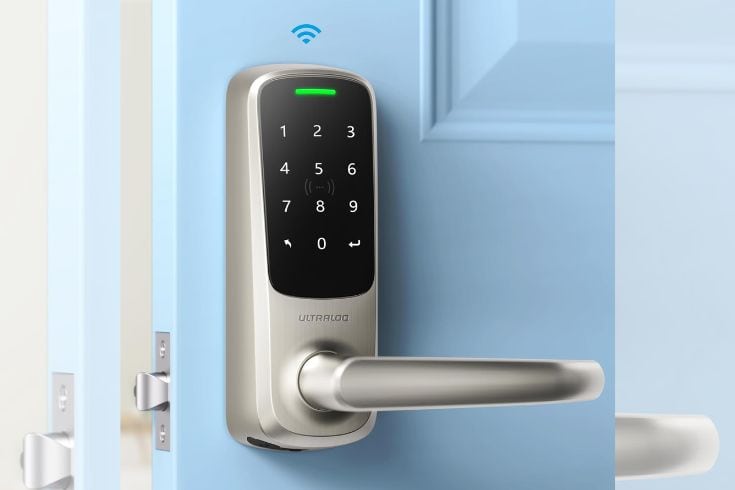
An August Smart Lock lets you lock or unlock your door even when you’re not home. No more hiding keys under the doormat!
Video Doorbell
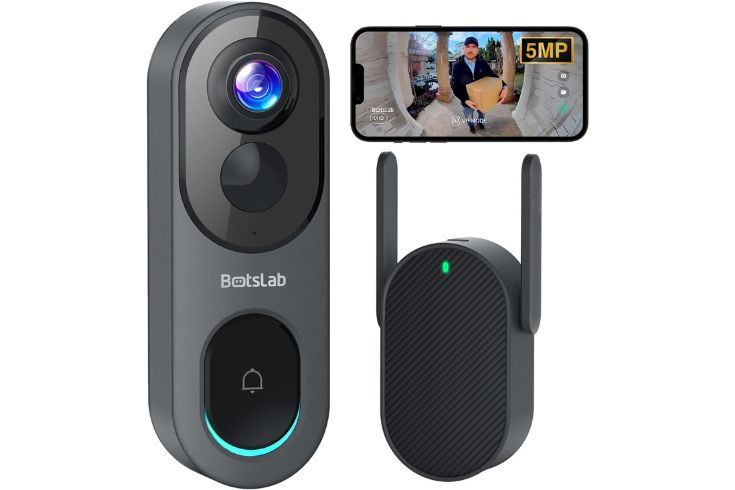
The Ring Video Doorbell lets you see who’s knocking from your phone. It’s like caller ID for your front door.
Home Security Cameras
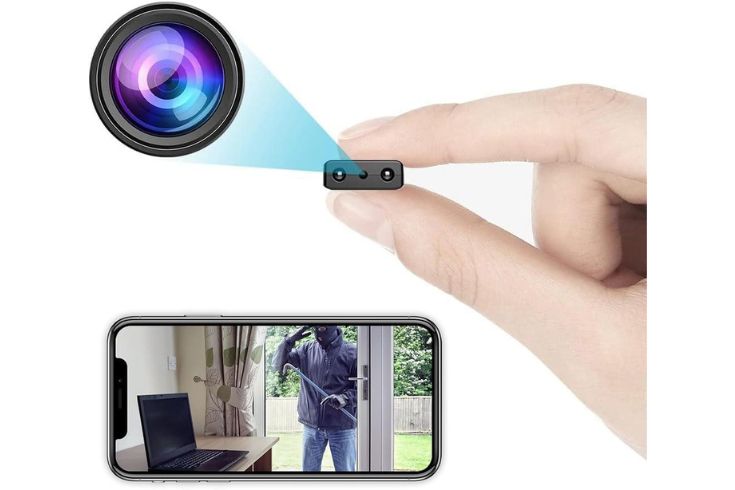
Devices like Arlo Pro help you keep tabs on your home, indoors and out, for some added peace of mind.
Smart Smoke and Carbon Monoxide Detectors
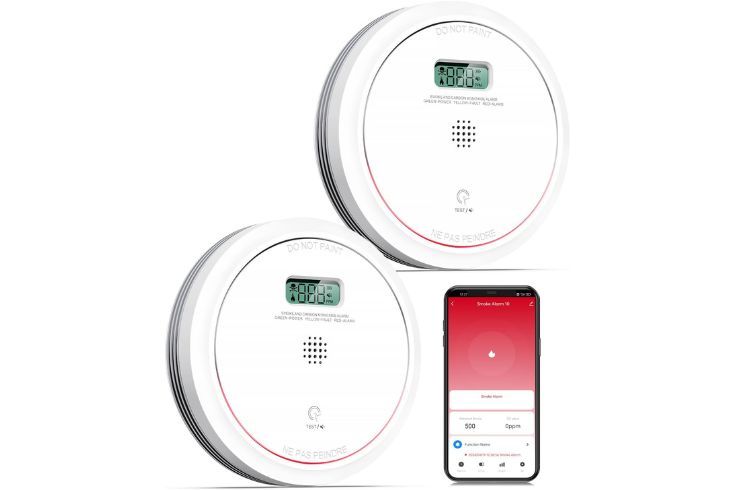
With something like Nest Protect, you’ll know if there’s trouble, even if you’re away, directly from your phone.
Smart Home Hub
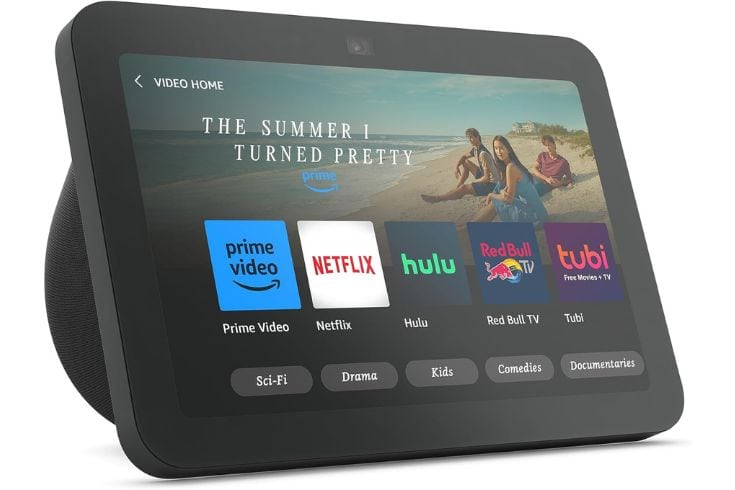
Think of the Samsung SmartThings Hub as mission control. It connects all your smart devices so they can work together smoothly.
Gather these gadgets, and you’ll be well on your way to a home that’s not just connected, but also smart and responsive to your needs. Welcome to the future!
How Do You Choose the Right Smart Home Devices?
Picking the right smart home devices is like finding the perfect pair of shoes—they need to fit just right and suit your lifestyle. Here’s how to choose without getting lost in the tech jungle:
- Identify Your Needs: First up, figure out what you want to achieve. Keen on cutting down energy bills? A smart thermostat might be your thing. Want to keep an eye on the pets while you work? Consider an indoor camera.
- Check Compatibility: Make sure the devices work with your existing smart systems. If you’re all in on Siri, look for gadgets that work with Apple HomeKit.
- User-Friendliness: You want devices that are easy to use and manage—think big buttons and simple apps. It’s supposed to make life easier, not give you a headache.
- Prioritize Features: Decide what features are non-negotiable. For a smart lock, you might want one that sends alerts when someone arrives home. For a speaker, maybe it’s about the sound quality.
- Set a Budget: Smart devices come in all price ranges. Work out how much you’re willing to spend but remember, sometimes you get what you pay for—especially when it comes to durability and quality.
- Read up: Do your homework. Read reviews, watch videos, and maybe even ask a tech-savvy buddy for advice.
Think Security: Security is king in the world of smart devices. Opt for products with strong encryption and regular updates to keep cyberbaddies at bay.
So, take stock of what you need, do some research, and soon, you’ll have a smart home setup that’s just the right fit for you.
Setting Up Your Smart Home Network: Where to Begin?
Setting up your smart home network is like laying the foundation for a digital fortress. It’s the backbone that keeps all your smart devices talking to each other and to you. Here’s where to start your journey:
- Strong Internet Connection: First off, ensure your Wi-Fi is robust and reaches all corners of your home. Smart devices are only as good as the network they’re on.
- Choose a Hub: A smart home hub can be a lifesaver. It’s like the conductor of an orchestra, making sure all your devices work in harmony. Whether it’s Amazon Alexa, Google Home, or Samsung SmartThings, pick one that supports all the devices you want to add.
- Secure Your Network: Before you start hooking up devices, make your network secure. Change default passwords, update firmware, and consider a separate network for your smart devices.
- Start with Essentials: Begin with a few key devices that meet your most immediate needs, like smart lights or a smart thermostat. This way, you’re not overwhelmed, and you get to learn as you go.
- Plan and Expand Gradually: As you get comfortable, you can gradually add more gadgets. Map out what you want to control—like security cameras or smart locks—and integrate them into your setup.
- Test and Troubleshoot: After each new addition, take the time to test and troubleshoot. This ensures everything works together seamlessly before you move on to the next smart device.
Remember, setting up a smart home network isn’t a sprint; it’s a marathon. Pace yourself, and soon you’ll have a home that’s not just connected but also intuitively caters to your needs.
How Can You Ensure Your Smart Home Is Secure?
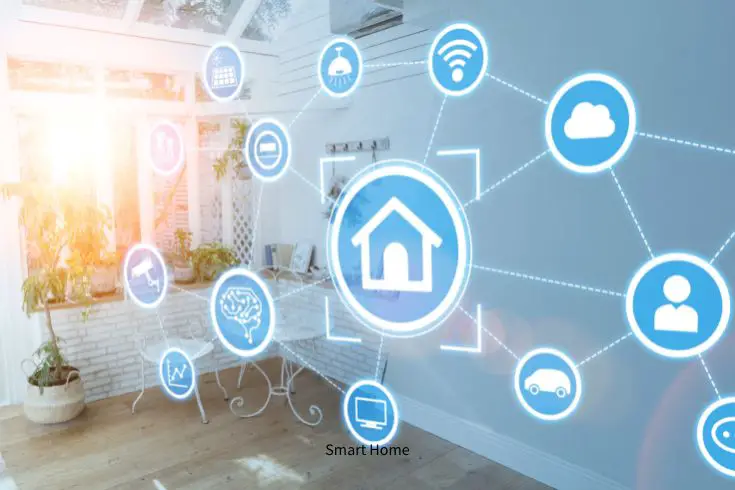
Keeping your smart home secure is like putting a top-notch security system on the digital version of Fort Knox. Here’s how you do it:
- Strong Passwords: It’s like the lock on your front door, but for your Wi-Fi. Make sure it’s complex and unique to keep the cyber bad guys out.
- Regular Updates: Just like you check your smoke alarms, regularly update your device software. Manufacturers often release updates to patch up security vulnerabilities.
- Two-Factor Authentication: This is the deadbolt to your digital doors. Enable it whenever possible for an extra layer of security beyond just a password.
- Secure Wi-Fi Network: Consider a separate network just for your smart devices or a guest network setup. It’s like having a VIP section at a club—only select guests get in.
- Be Picky with Devices: Choose products from reputable brands that prioritize security. It’s like choosing a reliable babysitter for your home—you want the best.
- Monitor Your Network: Keep an eye out for suspicious activity, just like you’d notice if there was an unfamiliar car parked outside your house.
By following these steps, you can make your smart home a tough nut to crack, giving you peace of mind and keeping your digital domain safe and sound.
What Are the Best Ways to Control Your Smart Home?
Controlling your smart home can be as easy as tapping on your smartphone screen or having a quick chat with your digital assistant. The best part? You’ve got options:
- Smartphone Apps: Your phone is like a universal remote for your smart home. Nearly all smart devices come with their own app, allowing you to manage settings and control them from anywhere.
- Voice Commands: Hands full? No problem. Voice assistants like Alexa, Google Assistant, or Siri can turn your spoken words into actions. Ask them to dim the lights or play your favorite tune.
- Automation Rules: This is where you get to set it and forget it. Create rules or routines for your devices—like having the coffee maker start when your morning alarm goes off.
- Wall Switches and Panels: Old-school but not obsolete. Some smart lights and devices can still be controlled with physical switches and touch panels—great for guests not familiar with your setup.
- Remote Controls: Some gadgets come with a dedicated remote control. It’s a handy backup when your phone is out of reach or when the Wi-Fi is down.
These methods aren’t mutually exclusive; most smart homes use a mix. Find the combo that feels right, and you’ll be steering your smart home like a pro in no time.
How to Troubleshoot Common Smart Home Issues?
Troubleshooting smart home issues doesn’t have to be a tech support nightmare. Here’s how to get back to smooth sailing if you hit some choppy waters:
Check the Power Supply
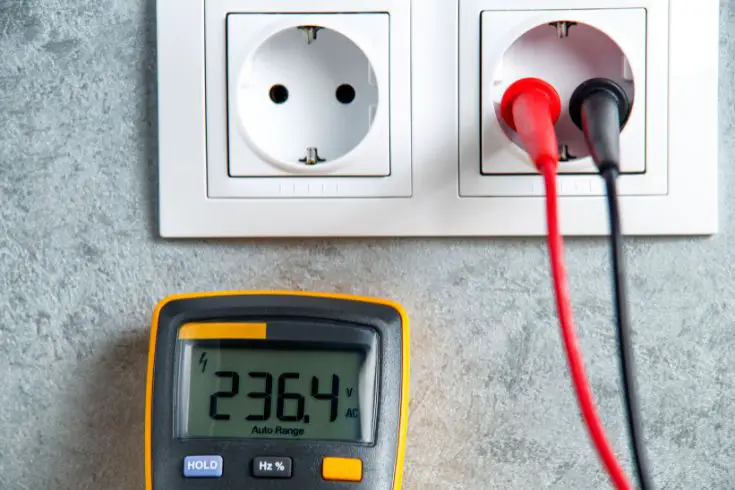
- Ensure your smart device is plugged in and receiving power.
- For battery-operated devices, check if the batteries need replacing.
Verify Wi-Fi Connection
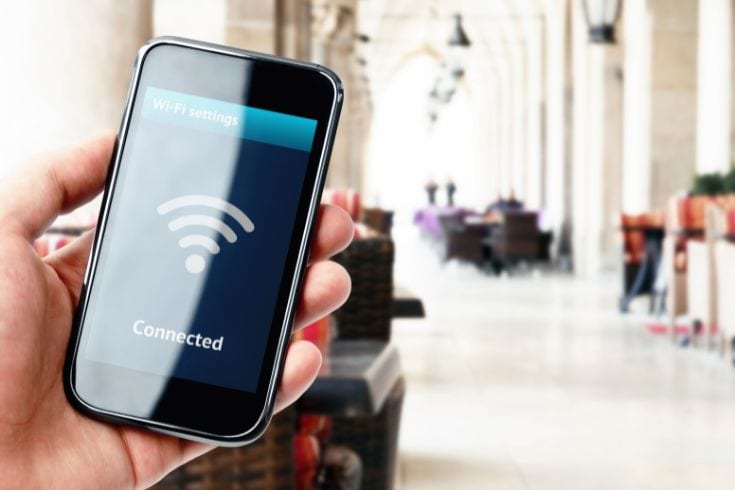
- Check if other devices are successfully connected to Wi-Fi.
- If the connection is down, restart your router and modem.
Restart the Troublesome Device

- Unplug the device or turn it off, wait a minute, and then turn it back on.
- For devices with a built-in battery, find the restart option in the device settings.
Update Device Software
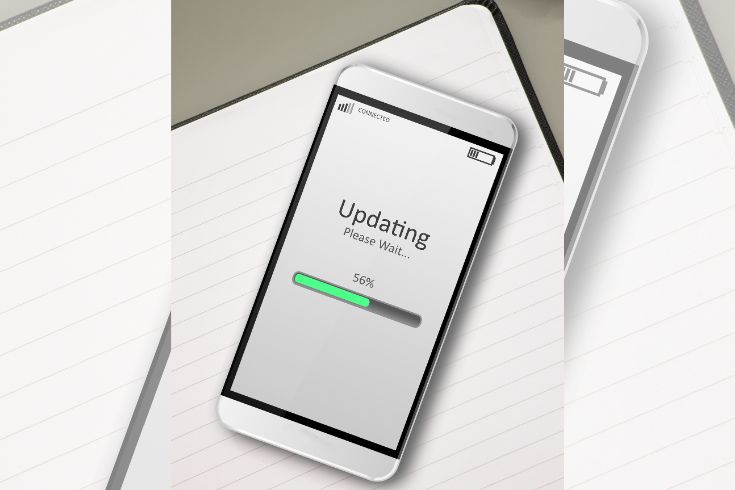
- Open the device’s app and check for any available firmware updates.
- Install updates if available, as they can resolve known issues.
Check for Compatibility

- Ensure that the new smart device is compatible with your smart home hub or system.
- Review the device’s specifications and your smart home system’s compatibility list.
Improve Wi-Fi Signal Strength
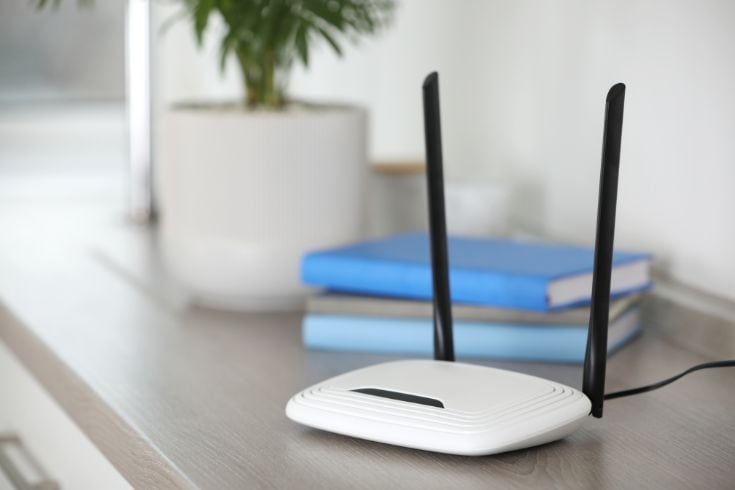
- Move the device closer to your Wi-Fi router.
- Consider a Wi-Fi extender or mesh network to enhance coverage.
Reset Device to Factory Settings

- Perform a factory reset as a last resort if none of the above steps work.
- Consult the device’s manual for instructions on resetting, as the process varies.
Seek Help

- If issues persist, reach out to the device manufacturer’s customer support.
- Check online forums or communities for advice from other smart home users.
Remember, the exact steps may differ slightly depending on the specific device and setup, but these general guidelines should get you back on track with most smart home tech hiccups.
Can Smart Homes Save You Money?
Smart homes can indeed be a savvy investment when it comes to saving money. By integrating devices like smart thermostats and smart lighting systems, you can significantly reduce energy consumption, as these gadgets optimize heating, cooling, and lighting based on your usage patterns.
They turn off when you don’t need them, slashing unnecessary utility costs. Additionally, smart appliances can monitor their own performance and alert you before a minor issue turns into a costly repair. Insurance providers often recognize the value of a well-monitored home, offering discounts for those outfitted with smart security systems or smoke detectors.
In essence, the initial investment in smart home technology can pay off by lowering your regular bills and helping you avoid hefty maintenance expenses.
Is Setting Up a Smart Home Worth It?
Setting up a smart home is generally worth it, especially if you value convenience, efficiency, and security. By automating daily tasks, you gain more time to relax or do things you love. Smart thermostats and lights can slash your energy bills, and smart security systems add a layer of protection, potentially lowering insurance premiums.
Plus, the ability to monitor and maintain your home remotely is invaluable. The initial investment may be significant, but the long-term benefits and savings can make the setup of a smart home a worthwhile endeavor.
Conclusion
Smart homes offer a blend of convenience, security, and efficiency that’s hard to beat. With the right setup—from smart thermostats and lighting to a robust security system—your home can not only adapt to your lifestyle but also save you money in the long run.
Whether you’re tech-savvy or new to the game, the investment in a smart home pays dividends in both time and financial savings. Ready to take the first step into the future of living? Explore our collection of smart home devices and embrace the transformation today. Your smarter, more connected home awaits.

